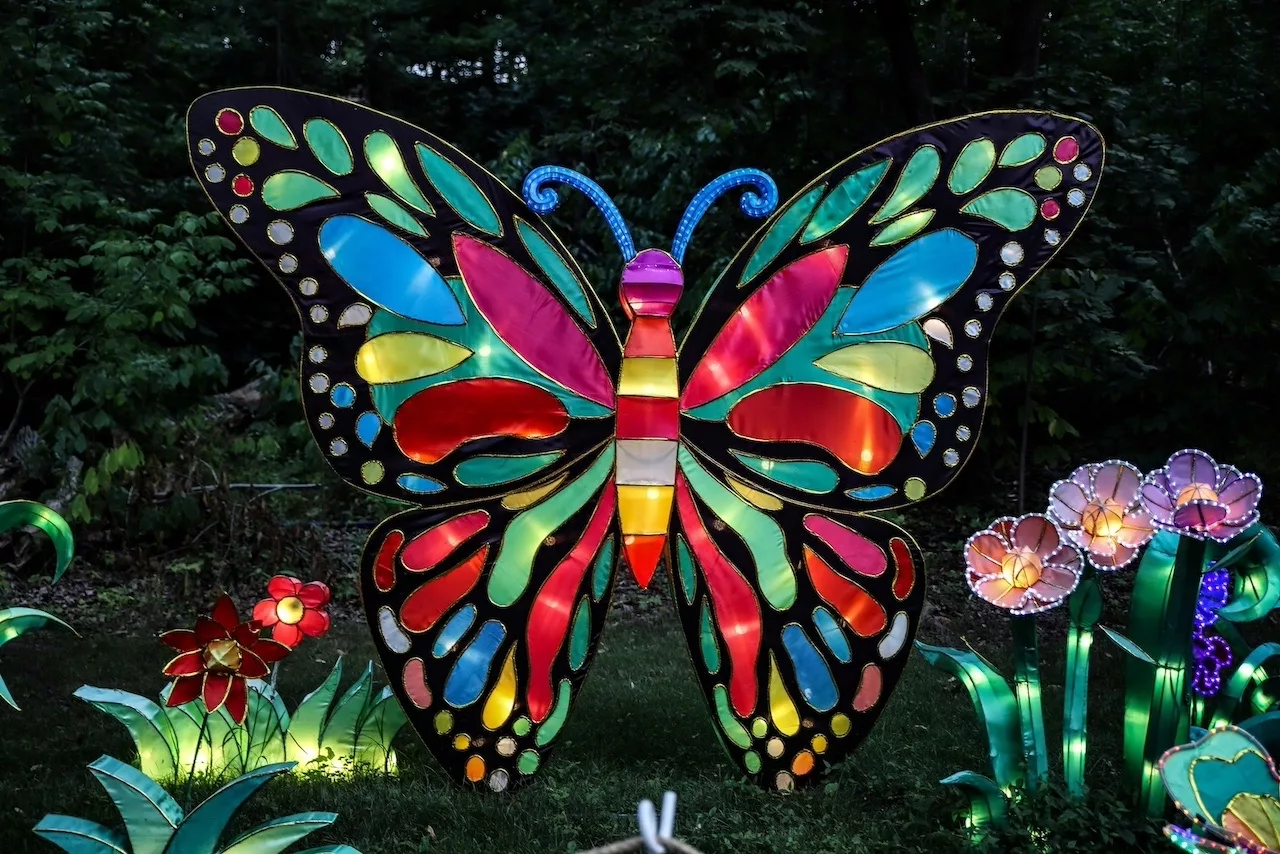A Radiant Journey: The Enduring Art of Stained Glass
Stained glass https://glassartstories.com/collections/stained-glass-mothers-day, with its fascinating designs and wealthy colors, boasts a outstanding records stretching lower back centuries. Its evolution, from ancient origins to fashionable programs, is a testament to human creativity and craftsmanship.
Ancient Seeds
The roots of stained glass lie in historical civilizations, in particular Egypt and Rome. Archaeological discoveries screen coloured glass pieces used as ornamental elements in jewelry, pottery, and even home windows as some distance again because the 2nd millennium BCE. However, it was in the course of the Roman Empire that the artwork of stained glass commenced to flourish, with glassmakers experimenting with particular colorations and strategies.
Medieval Masterpieces
The medieval duration witnessed the upward push of stained glass as a prime art form, especially inside the religious context. Throughout Europe, majestic cathedrals and church buildings became canvases for tricky stained glass home windows, depicting non secular stories and heavenly scenes. These home windows served not best as resources of mild however additionally as visible representations of sacred tales for a largely illiterate population.
Gothic Glory
The Gothic duration (twelfth to sixteenth centuries) marked the pinnacle of stained glass, both in technical skill and artistic expression. Gothic cathedrals, with their hovering spires and significant interiors, provided the right putting for monumental stained glass installations. Craftsmen mastered strategies like "grisaille" (shading with various paint densities) and "cames" (lead strips preserving glass portions collectively) to create awe-inspiring home windows that seemed to transcend earthly limitations.
Renewal and Renaissance
The Renaissance period saw a renewed focus on classical inventive concepts, including stained glass. Artists and artisans drew thought from historical Roman and Byzantine examples, incorporating geometric patterns and herbal motifs into their designs. Innovations in glassmaking strategies, which include the development of potash-lime glass inside the 17th century, allowed for greater color version and transparency, similarly improving the splendor of stained glass windows.
Modern Metamorphosis
While the Industrial Revolution delivered great modifications in manufacturing strategies, inclusive of the mass-production of glass, the art of stained glass continued. The 19th and 20th centuries saw a resurgence of interest in stained glass, particularly with the emergence of new architectural patterns like Art Nouveau and Art Deco. Artists like Louis Comfort Tiffany revolutionized the craft with progressive strategies, which includes the copper foil method, which allowed for extra element and texture in glasswork.
Contemporary Creativity
Today, stained glass continues to captivate audiences with its timeless splendor and adaptability. While conventional religious subject matters still inspire many artists, modern practitioners explore a huge range of subjects, from summary compositions to personal narratives. Technological advancements have multiplied the opportunities of stained glass artwork, with artists incorporating virtual design gear and unconventional materials into their work.
A Timeless Legacy
In a global pushed by way of change and innovation, stained glass remains a beacon of creative excellence and human ingenuity. From its humble beginnings in ancient civilizations to its enduring influence on cutting-edge design, stained glass continues to inspire awe and admiration, bridging the distance between the past and gift with its timeless beauty. As we appearance to the future, one component is positive: the story of stained glass is far from over, and its colourful colors will maintain to light up our lives for generations to come back.
